Sustainable Pool Landscaping Ideas
Creating a beautiful pool area doesn't have to come at the expense of the environment. For eco-conscious homeowners and pool enthusiasts, sustainable pool landscaping offers a way to enjoy an inviting outdoor space while minimising your ecological footprint. In this blog post, we'll explore a range of innovative and practical ideas to make your pool area both stunning and sustainable. From eco-friendly design elements to maintenance strategies, you'll discover how to create a poolside paradise that's kind to the planet.
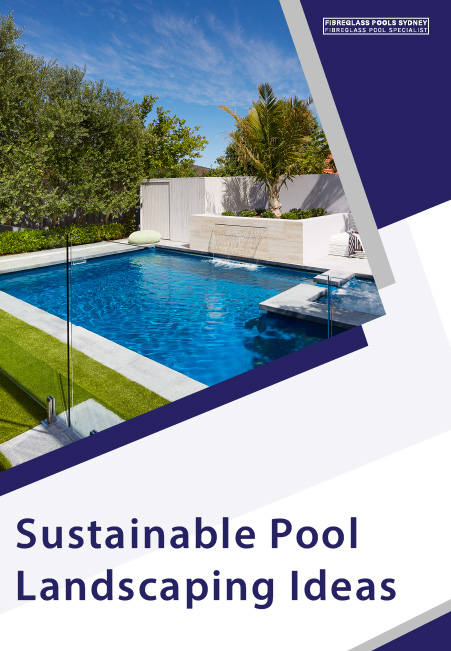
The Benefits of Sustainable Pool Landscaping
Choosing sustainable landscaping for your pool area comes with numerous benefits. Not only does it help protect the environment, but it can also save you money in the long run.
Environmental Impact
By opting for sustainable materials and practices, you reduce your pool area’s impact on natural resources. For example, using native plants in your landscaping can reduce water consumption, as these species are adapted to your local climate and require less irrigation. Additionally, eco-friendly pool materials often have a lower carbon footprint than traditional options, making them a greener choice.
Financial Savings
Sustainable pool landscaping can also lead to significant cost savings. Energy-efficient lighting and water-saving technologies can reduce your utility bills, while native plants and natural cleaning solutions can lower maintenance costs. Over time, the initial investment in sustainable options can pay off through reduced expenses.
Health and Well-being
Creating a sustainable pool area can contribute to a healthier living environment for you and your family. Natural cleaning solutions reduce exposure to harmful chemicals, while native plants can improve air quality and provide a habitat for local wildlife.
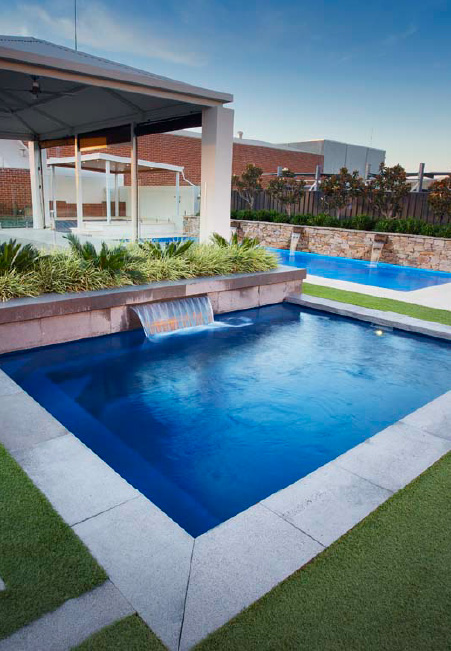
Sustainable Pool Design Elements
Incorporating sustainable design elements into your pool area is easier than you might think. From eco-friendly materials to energy-efficient lighting, there are many ways to create a beautiful, environmentally-friendly space.
Native Plant Landscaping
One of the most effective ways to make your pool area more sustainable is by using native plants in your landscaping. These species are adapted to your local climate, meaning they require less water and maintenance than exotic plants. Native plants also provide a habitat for local wildlife, promoting biodiversity in your garden. Consider incorporating a variety of trees, shrubs, and flowers to create a lush, vibrant landscape.
Eco-Friendly Pool Materials
When building or renovating your pool, opt for eco-friendly materials. Recycled content tiles, natural stone, and sustainably sourced wood are all excellent choices that reduce your pool’s environmental impact. Additionally, consider using a saltwater system instead of chlorine, as this is gentler on the environment and your skin.
Energy-Efficient Lighting
Lighting is an essential aspect of any pool area, but it can also be a significant source of energy consumption. Choose energy-efficient LED lights, which use less power and have a longer lifespan than traditional incandescent bulbs. Solar-powered lights are another great option, as they harness the sun’s energy to illuminate your pool area without increasing your electricity bill.
Water Conservation Practices
Water is a precious resource, and conserving it is a crucial aspect of sustainable pool landscaping. Implementing water-saving practices can significantly reduce your pool’s water usage.
Pool Covers
Rainwater Harvesting
Collecting rainwater for use in your pool and garden is an excellent way to conserve water. Install a rainwater harvesting system to capture runoff from your roof, and use the collected water for irrigation and pool top-ups.
Efficient Irrigation Systems
Invest in a smart irrigation system that uses sensors to monitor soil moisture levels and adjust watering schedules accordingly. Drip irrigation systems are another efficient option, as they deliver water directly to the roots of plants, reducing evaporation and runoff.

Natural Cleaning Solutions
Maintaining a clean and healthy pool doesn’t have to involve harsh chemicals. There are several natural alternatives that are just as effective and better for the environment.
Saltwater Systems
Saltwater pools use a salt-chlorine generator to produce chlorine from salt, resulting in a gentler, more eco-friendly sanitising solution. These systems require less maintenance and produce fewer harmful byproducts than traditional chlorine pools.
UV and Ozone Systems
Ultraviolet (UV) and ozone systems are advanced technologies that can help keep your pool water clean without the need for excessive chemicals. UV systems use ultraviolet light to kill bacteria and algae, while ozone systems generate ozone gas to oxidise contaminants. Both options are effective and environmentally friendly.
Natural Enzyme Cleaners
Natural enzyme cleaners break down organic contaminants in your pool, reducing the need for chemical treatments. These products are biodegradable and non-toxic, making them a safe choice for both your pool and the environment.
Enhancing Biodiversity
Promoting biodiversity in your pool area is not only beneficial for the environment but also creates a more vibrant and interesting landscape.
Pollinator-Friendly Plants
Incorporate plants that attract pollinators such as bees, butterflies, and hummingbirds. These species play a crucial role in maintaining healthy ecosystems and can add beauty and movement to your garden. Some examples of pollinator-friendly plants include lavender, echinacea, and salvia.
Wildlife Habitats
Create habitats for local wildlife by incorporating features such as birdhouses, bat boxes, and insect hotels. Providing food, water, and shelter for animals can help support local populations and increase biodiversity in your garden.
Aquatic Plants
Adding aquatic plants to your pool or pond can improve water quality and provide habitat for aquatic organisms. Plants such as water lilies, lotus, and duckweed can help oxygenate the water and reduce algae growth.
Conclusion
Sustainable pool landscaping is a rewarding and achievable goal for eco-conscious homeowners and pool enthusiasts. By incorporating eco-friendly design elements, water conservation practices, natural cleaning solutions, and biodiversity-enhancing features, you can create a stunning pool area that benefits both you and the environment. Not only will you enjoy a beautiful and functional outdoor space, but you’ll also contribute to a healthier planet.
Ready to transform your pool area into an eco-friendly oasis? Start implementing these sustainable landscaping ideas today and join the growing community of homeowners committed to making a positive impact on the environment. For more tips and expert advice, don’t hesitate to reach out to our team of professionals who can guide you on your sustainable landscaping journey.
Sustainable Pool Landscaping Ideas
Creating a beautiful pool area doesn't have to come at the expense of the environment. For eco-conscious homeowners and pool enthusiasts, sustainable pool landscaping offers a way to enjoy an inviting outdoor space while minimising your ecological footprint. In this blog post, we'll explore a range of innovative and practical ideas to make your pool area both stunning and sustainable. From eco-friendly design elements to maintenance strategies, you'll discover how to create a poolside paradise that's kind to the planet.
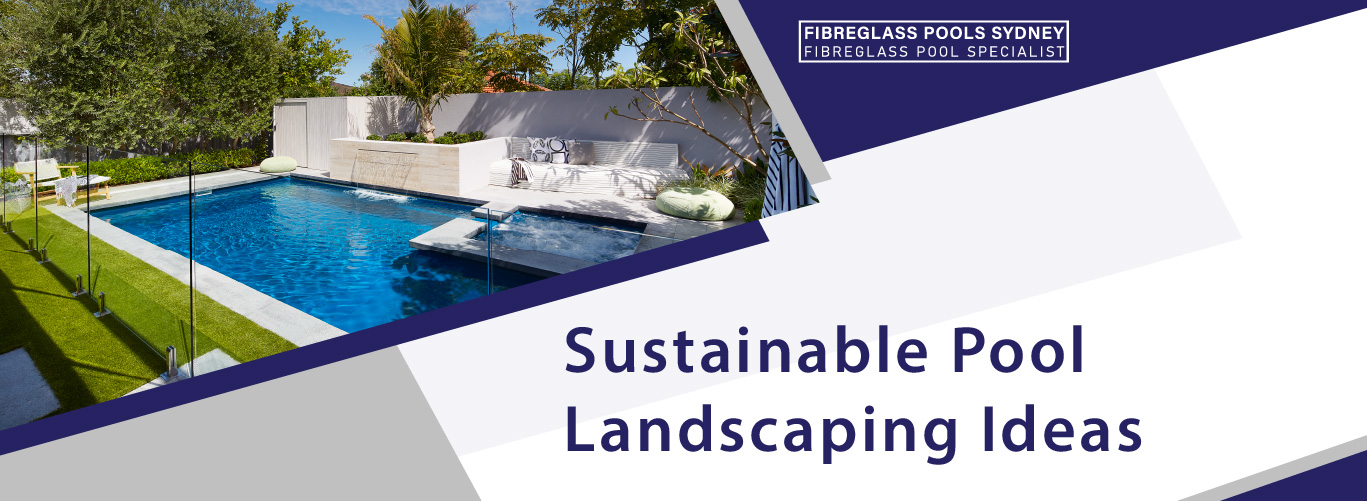
The Benefits of Sustainable Pool Landscaping
Choosing sustainable landscaping for your pool area comes with numerous benefits. Not only does it help protect the environment, but it can also save you money in the long run.
Environmental Impact
By opting for sustainable materials and practices, you reduce your pool area’s impact on natural resources. For example, using native plants in your landscaping can reduce water consumption, as these species are adapted to your local climate and require less irrigation. Additionally, eco-friendly pool materials often have a lower carbon footprint than traditional options, making them a greener choice.
Financial Savings
Sustainable pool landscaping can also lead to significant cost savings. Energy-efficient lighting and water-saving technologies can reduce your utility bills, while native plants and natural cleaning solutions can lower maintenance costs. Over time, the initial investment in sustainable options can pay off through reduced expenses.
Health and Well-being
Creating a sustainable pool area can contribute to a healthier living environment for you and your family. Natural cleaning solutions reduce exposure to harmful chemicals, while native plants can improve air quality and provide a habitat for local wildlife.
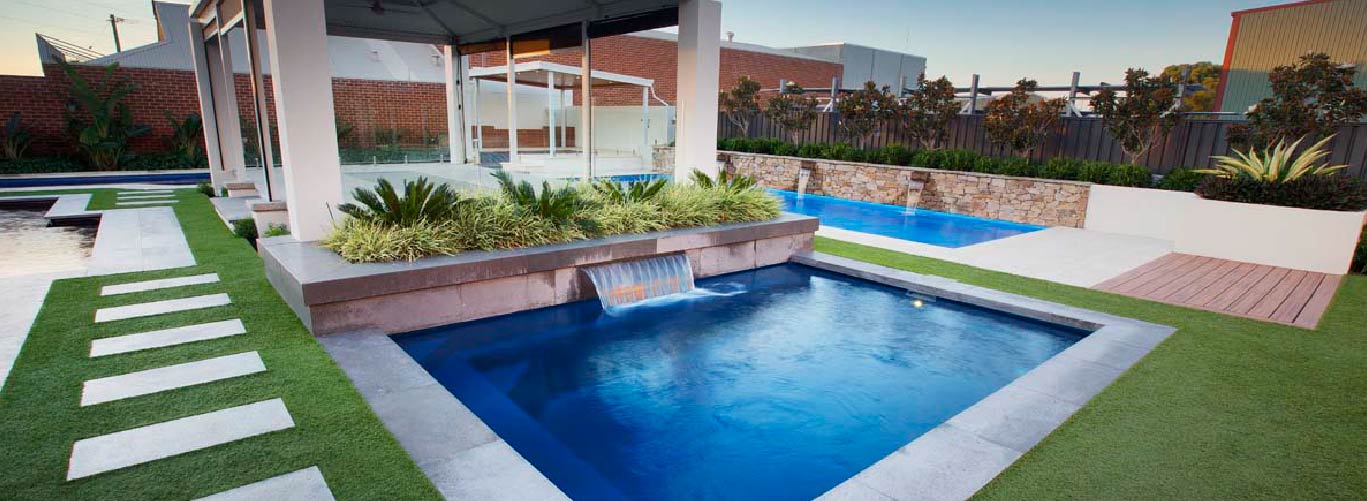
Sustainable Pool Design Elements
Incorporating sustainable design elements into your pool area is easier than you might think. From eco-friendly materials to energy-efficient lighting, there are many ways to create a beautiful, environmentally-friendly space.
Native Plant Landscaping
One of the most effective ways to make your pool area more sustainable is by using native plants in your landscaping. These species are adapted to your local climate, meaning they require less water and maintenance than exotic plants. Native plants also provide a habitat for local wildlife, promoting biodiversity in your garden. Consider incorporating a variety of trees, shrubs, and flowers to create a lush, vibrant landscape.
Eco-Friendly Pool Materials
When building or renovating your pool, opt for eco-friendly materials. Recycled content tiles, natural stone, and sustainably sourced wood are all excellent choices that reduce your pool’s environmental impact. Additionally, consider using a saltwater system instead of chlorine, as this is gentler on the environment and your skin.
Energy-Efficient Lighting
Lighting is an essential aspect of any pool area, but it can also be a significant source of energy consumption. Choose energy-efficient LED lights, which use less power and have a longer lifespan than traditional incandescent bulbs. Solar-powered lights are another great option, as they harness the sun’s energy to illuminate your pool area without increasing your electricity bill.
Water Conservation Practices
Water is a precious resource, and conserving it is a crucial aspect of sustainable pool landscaping. Implementing water-saving practices can significantly reduce your pool’s water usage.
Pool Covers
Rainwater Harvesting
Collecting rainwater for use in your pool and garden is an excellent way to conserve water. Install a rainwater harvesting system to capture runoff from your roof, and use the collected water for irrigation and pool top-ups.
Efficient Irrigation Systems
Invest in a smart irrigation system that uses sensors to monitor soil moisture levels and adjust watering schedules accordingly. Drip irrigation systems are another efficient option, as they deliver water directly to the roots of plants, reducing evaporation and runoff.
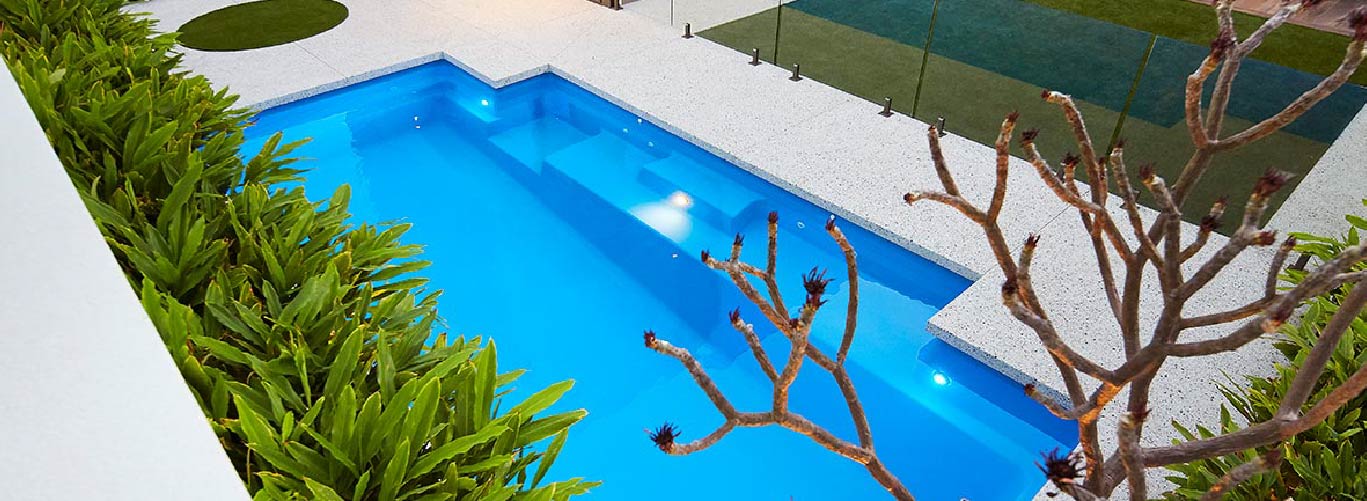
Natural Cleaning Solutions
Maintaining a clean and healthy pool doesn’t have to involve harsh chemicals. There are several natural alternatives that are just as effective and better for the environment.
Saltwater Systems
Saltwater pools use a salt-chlorine generator to produce chlorine from salt, resulting in a gentler, more eco-friendly sanitising solution. These systems require less maintenance and produce fewer harmful byproducts than traditional chlorine pools.
UV and Ozone Systems
Ultraviolet (UV) and ozone systems are advanced technologies that can help keep your pool water clean without the need for excessive chemicals. UV systems use ultraviolet light to kill bacteria and algae, while ozone systems generate ozone gas to oxidise contaminants. Both options are effective and environmentally friendly.
Natural Enzyme Cleaners
Natural enzyme cleaners break down organic contaminants in your pool, reducing the need for chemical treatments. These products are biodegradable and non-toxic, making them a safe choice for both your pool and the environment.
Enhancing Biodiversity
Promoting biodiversity in your pool area is not only beneficial for the environment but also creates a more vibrant and interesting landscape.
Pollinator-Friendly Plants
Incorporate plants that attract pollinators such as bees, butterflies, and hummingbirds. These species play a crucial role in maintaining healthy ecosystems and can add beauty and movement to your garden. Some examples of pollinator-friendly plants include lavender, echinacea, and salvia.
Wildlife Habitats
Create habitats for local wildlife by incorporating features such as birdhouses, bat boxes, and insect hotels. Providing food, water, and shelter for animals can help support local populations and increase biodiversity in your garden.
Aquatic Plants
Adding aquatic plants to your pool or pond can improve water quality and provide habitat for aquatic organisms. Plants such as water lilies, lotus, and duckweed can help oxygenate the water and reduce algae growth.
Conclusion
Sustainable pool landscaping is a rewarding and achievable goal for eco-conscious homeowners and pool enthusiasts. By incorporating eco-friendly design elements, water conservation practices, natural cleaning solutions, and biodiversity-enhancing features, you can create a stunning pool area that benefits both you and the environment. Not only will you enjoy a beautiful and functional outdoor space, but you’ll also contribute to a healthier planet.
Ready to transform your pool area into an eco-friendly oasis? Start implementing these sustainable landscaping ideas today and join the growing community of homeowners committed to making a positive impact on the environment. For more tips and expert advice, don’t hesitate to reach out to our team of professionals who can guide you on your sustainable landscaping journey.



